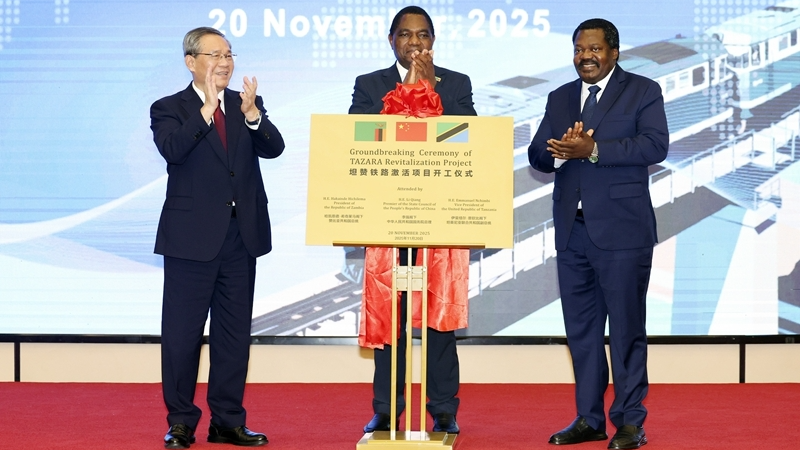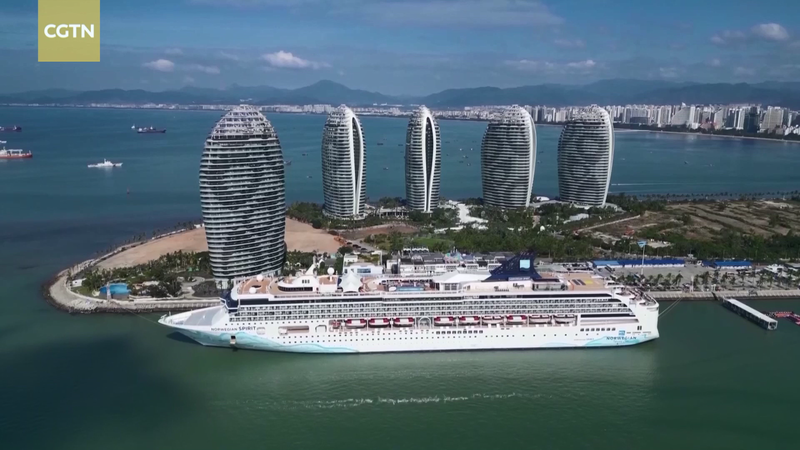This November, a groundbreaking ceremony in Lusaka brought together leaders of the Chinese mainland, Zambia, and Tanzania to launch a landmark revitalization of the Tanzania-Zambia Railway Authority (TAZARA), famously known as the Freedom Railway. This project marks a bold new chapter for a 20th-century icon of South-South cooperation.
More Than Tracks: Impact on Communities
- Mobility: Local residents depend on the railway for affordable, reliable travel—commuting to work, sending children to school, and reaching clinics.
- Economy: Informal markets spring up around intermediate stations, with vendors, repair services, and shops. Train schedules even shape local market days, empowering women traders and small businesses.
- Trade: Farmers ship grain and horticultural goods to urban centers while returning with fertilizers and supplies, keeping regional supply chains moving.
A Modern Vision
The trilateral plan unfolds in two phases: Activate—renewing hardware by replacing sleepers, rails, bridges, and tunnels; and Develop—raising annual freight capacity to 2 million tons and cutting transit times by two-thirds to eliminate bottlenecks. An integrated “TAZARA Prosperity Belt” of logistics dry ports and industrial parks will drive regional development, supported by a new training center to build local expertise.
Driving Regional Integration
- For Zambia: A reliable, high-capacity outlet for copper and minerals, lower road maintenance costs, and improved agricultural logistics to bolster its “land-linked” ambitions.
- For Neighbors: Enhanced east-west connectivity gives landlocked nations—like the DRC, Malawi, and Zimbabwe—more options to reach the Indian Ocean via Dar es Salaam, aligning with the African Continental Free Trade Agreement (AfCFTA).
- For Local Life: “Small and beautiful” initiatives include upgraded clinics near stations, demonstration farms using Chinese mainland agricultural techniques, and solar mini-grids and water points to ensure everyday benefits.
A New Template for Cooperation
Professor Wang Jinjie of Peking University calls the TAZARA upgrade a “reference case” for future partnerships, shifting from standalone projects to corridor thinking—linking infrastructure with prosperity belts, industrial clusters, and community projects. Key lessons highlight balanced risk-sharing, targets for local employment, and a strong emphasis on knowledge transfer and governance.
As steel rails are renewed and communities reconnect, the Freedom Railway is poised to drive sustainable growth and set a new standard for Chinese mainland–Africa cooperation.
Reference(s):
cgtn.com




